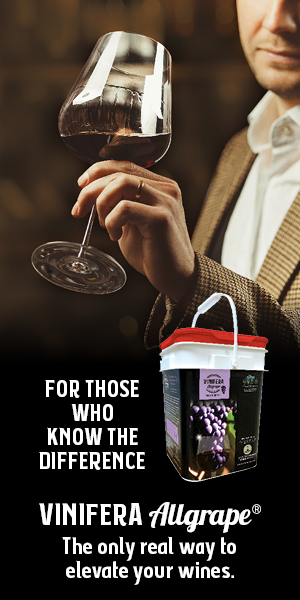For the WineMaker’s Answer Book I referenced the Table 1-2, Appendix 1, from Wine Analysis and Production, Zoecklein et al, 1995 for the Specific Gravity to Brix tables. Note that this conversion is at a specific temperature — 20 °C (68 °F). Daniel’s table may have been slightly different, or just a choice in how the table calculation he referenced rounded the decimal points. As far as the potential alcohol, I know I’ve answered this before — even “experts” (wine chemists, etc.) will tell you that it’s really hard to accurately predict potential alcohol 100% of the time when you start with Brix or Specific Gravity (SG) — all you can get is within a range of perhaps 1.0%, depending on your fermentation.
The number I chose for 22 °Brix was the average of the range. What’s maddening is that SG and Brix are really just quick and dirty estimates of the amount of sugar in a wine — really just the density. They take into account all dissolved matter in the juice, which is more than just glucose and fructose, the fermentable sugars. Using Brix still works, though, because most of us don’t worry so much about being that accurate at the outset. If readers want to get real nitty-gritty, they can send samples out to a lab like Vinquiry or ETS to get a glucose + fructose reading in g/100 mL (sometimes reported as g/dL). Even then, ETS only will report a range (for example, they say 22.0 g/100 mL glucose + fructose will yield a range of alcohol 12.20%–13.3%. This is because each fermentation is its own unique microcosm: “Yeast species and strains vary in their abilities to utilize carbohydrates in formation of alcohol and other byproducts, as well as to grow in varying concentrations of alcohol.” (Zoecklein et al 108). The authors go on to say that the fermentation temperature, duration, rate of evaporation, surface-to-volume ratios in the fermenter and many other factors all play a role in what the final alcohol is. I remember publishing a calculation range. Winemakers will also tell you anecdotally that there are what we call “high conversion” years and “low conversion” years. Somehow, whether due to weather effects, grape chemistry or some sort of winemaking juju, there seem to be annual trends in how much — or how little — alcohol we get from each degree Brix, SG or g/dL of sugar. Ah the mysteries of wine! The consolation to the readers is that yes, even the pros and even the scientists recognize that one cannot entirely predict what one’s final alcohol will be!



